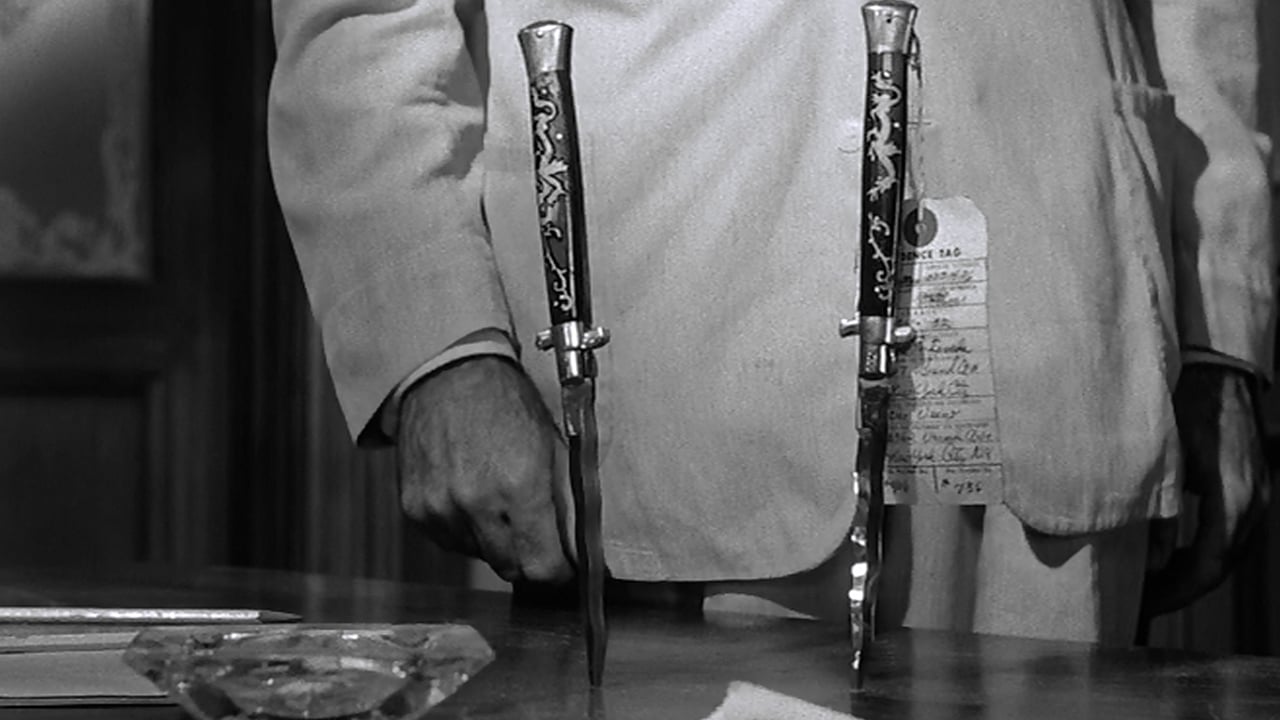With an average rating of 4.567 stars out of 5, this masterpiece by Sidney Lumet is considered the best film made in the 1950s by AlloCiné viewers.
Directed by Sidney Lumet and released in France on September 4, 1957, 12 angry men is with an average of 4.567 stars out of five the best film of the decade 1950-1959 according to AlloCiné viewers.
The story ? A popular jury made up of twelve men must deliberate on the fate of a young man aged 18, accused of parricide. Depending on the verdict of the jurors, the accused can either be sentenced to death or acquitted on the basis of the principle of reasonable doubt. Hoping to expedite the deliberations, eleven of them declare him guilty. Only one juror, number 8, expresses a reasonable doubt about the young man’s guilt, and will do everything to avoid capital punishment…
A play written by Reginald Rose, it has been adapted many times around the world. Three years before Lumet’s masterpiece, 12 angry men already hit the TV screens of American homes thanks to the CBS channel on September 20, 1954. The play has also been adapted on the small and big screen in West Germany, Spain, India, China, Lebanon, Russia… A classic and an absolute masterpiece, Lumet’s film is rightly considered the benchmark for trial films.
United Artists
Produced by Henry Fonda – who was at the initiative of this project – and shot entirely in New York in record time (barely 21 days), it is the first feature film by Lumet, director belonging to the school of direct and who had previously only worked on American television.
He delivers here a model of rigor in his staging, where the actors as well as the spectators are confined to the point of suffocation, in a room of 5m by 7m. “One of the most important dramatic elements for me was the feeling of confinement that these men stuck in this room must have felt”explained the filmmaker in his essay Make a movie (published in French by Editions Capricci).

United Artists
Powerful advocacy against the death penalty and racism, critical examination of the functioning of the American legal system, the film is also nourished by the tense exchanges in which extraordinary actors engage. Henry Fonda of course, in the guise of Juror No. 8. But also supported by Lee J. Cobb, Ed Begley, Jack Warden or Martin Balsam.
In 2007, the film was selected by the National Film Registry for preservation at the Library of Congress, because of its interest “cultural, historical or aesthetic” important. It is also selected by theAmerican Film Institute In his Top 10 Trial Filmsas the second best film in this category, just behind another masterpiece, Du Silence et des ombres.
A sharp and cinephile classification
The rest of the ranking according to your grades is eclectic. The opportunity also to measure that Japanese cinema has the lion’s share in this decade of the greatest films of the period 1950 – 1959. On the second step of the podium is a masterpiece of Japanese cinema directed by Kenji Mizoguchi, Steward Sancho.
This film, revered by Martin Scorsese moreover, harvests an average of 4.401 out of 5. The bronze medal goes to the extraordinary Paths of Glory by Stanley Kubrick; perhaps the greatest film ever made on the war of 14-18. He scores an average of 4.382 out of 5. Alfred Hitchcock takes 4th position with Rear Window, and his average of 4.362 out of 5. Finally, Akira Kurosawa brings up the rear of this top 5 with Vivre, and his average of 4.355 out of 5. You can find the rest of the (very long!) ranking here.
